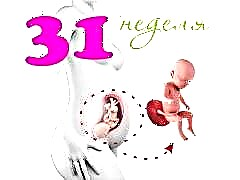
Each week of the third trimester of pregnancy is very important, because very soon the baby growing in my mother's belly will be born. This article will tell you about the features of fetal development at 31 weeks.
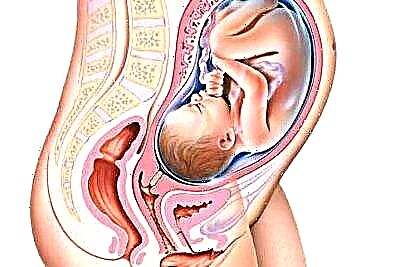
Anatomical features
By this time of pregnancy, the baby is already large enough. Interestingly, with each subsequent day, the child's weight increases more than his length. This feature is due to the upcoming preparation of the child's body for imminent birth.
The fetal body parameters can be determined using special ultrasound examinations. The examination of the fetus, in which the specialist makes the basic measurements of the child's torso, is called fetometry. With the help of this study, doctors assess how well the intrauterine development of the baby is proceeding.
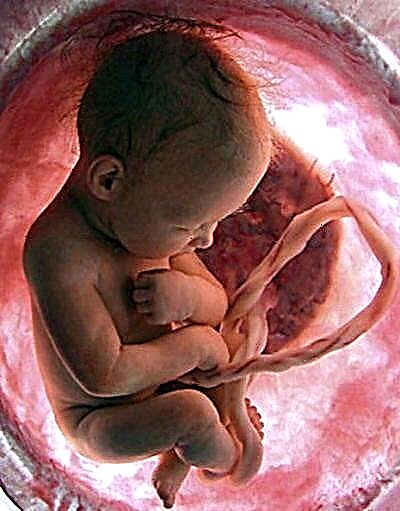
When conducting this examination, the doctor must determine the weight and height of the child. It also measures the size of certain parts of the baby's body. Normal values of the studied clinical parameters are presented in the table below.
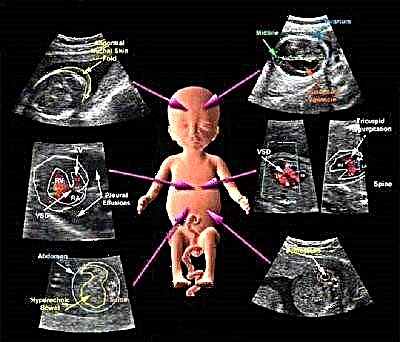
How is it developing?
Quite interesting changes begin to occur in the baby's brain. This organ can be compared to a computer that coordinates the work of all vital organs and systems. Quite a lot of grooves and convolutions appear in the cortex of the child's brain. This specific structure of the cerebral cortex contributes to the fact that every day more and more reflexes are formed in the baby. They are necessary for the child so that in a few weeks he can adapt to the new external environment.
Features in the changing behavior of the baby are also due to the fact that quite a lot of specific contacts arise between the nerve cells. The number of synapses also increases. Such a complex system of nervous activity leads to the development of certain changes in the baby's sense of self.
Formed senses can react to various stimuli. The kid, who weighs only one and a half kilograms, is already capable of experiencing a whole range of different sensations: he can determine the taste, turn away from a strong light source, or even not "love" a certain smell.
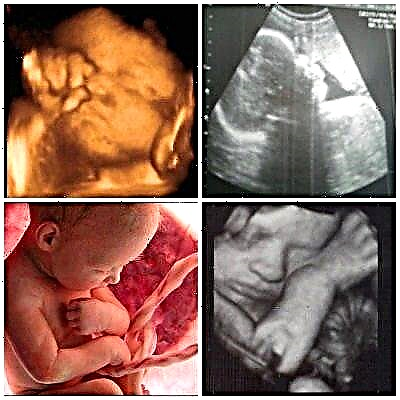
Scientific experiments have shown that the fetus at 30-31 weeks is already able to react quite strongly to various odors. An overly strong perfume, for example, can cause discomfort in the fetus. He will definitely "inform" his mother about this - he will start pushing harder.

By this time of pregnancy, the fetus already has the ability to experience pain. This feature is due to a fairly good development of the peripheral nervous system.
Another interesting manifestation of the vital activity of the fetus is the appearance of hiccups in it. The baby hiccups after swallowing amniotic fluid. He is able to swallow about 500 ml of liquid per day.... The baby's kidneys are already formed and functioning, which means that the fetus is already able to urinate.
The appearance of hiccups in a baby can also be perceived by his mother. Usually a pregnant woman feels at such a moment that the child is kicking or becomes very active. This reaction of the baby is quite normal and indicates the physiological course of his intrauterine development.
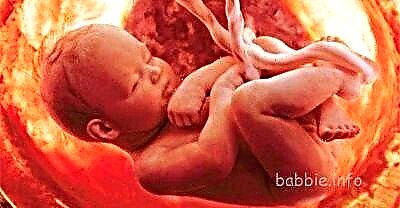
Various reasons can lead to increased motor activity of the fetus. The most common of these is tissue hypoxia. This condition is accompanied by oxygen starvation of internal organs and tissues, which arose due to insufficient supply of oxygen to the blood. The fetus usually reacts to severe hypoxia with increased motor activity. So the baby is trying to attract the attention of the mother and thereby communicate that he is experiencing severe discomfort.
If a pregnant woman begins to feel that her baby is kicking more often and harder, then she should discuss this with her doctor. It is very important to monitor the development of pregnancy even in the third trimester. Any emerging adverse symptoms in the expectant mother should be a reason for seeking medical help.
It is not worth delaying with medical advice if there is a leakage of amniotic fluid or severe abdominal pain.

A baby born at 31 weeks is already viable. It already has a heartbeat of its own and major internal organs have formed. However, such babies usually have imperfect breathing after birth. In order to leave a child in the first days after his birth, special medical conditions are required.
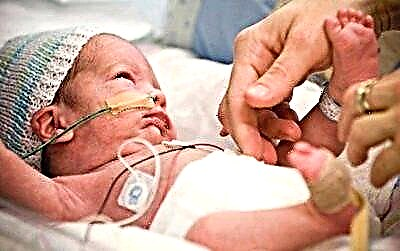
What does it look like?
The baby's skin becomes lighter every day. This is due to the accumulation of not only brown, but also white subcutaneous fat. The amount of fat in the child's body is gradually increasing. This is necessary so that the baby can be born and not overcool.
The cheeks are already clearly visible on the child's face. They become more and more plump every day. The baby's eyes cover the eyelids. In moments of wakefulness, the eyes of the fetus are slightly open. In those moments when the child sleeps, the eyelids are almost completely closed.
Dimples appear near the elbows. Every day the baby's skin becomes smoother. The child's body is still covered with lanugo - special vellus hairs. The baby's skin is still covered with wrinkles, as it is still in the aquatic environment.
How is it located in the womb?
During pregnancy, doctors several times determine how the baby "lies" in the uterus. The fact is that the position of the fetus is a very important clinical criterion. Correct assessment of the location of the fetus is necessary for the selection of an adequate method of delivery.
Not all presentations are equally functionally beneficial to the fetus. With some of them, independent natural childbirth can be very dangerous due to the development of a number of complications and injuries.
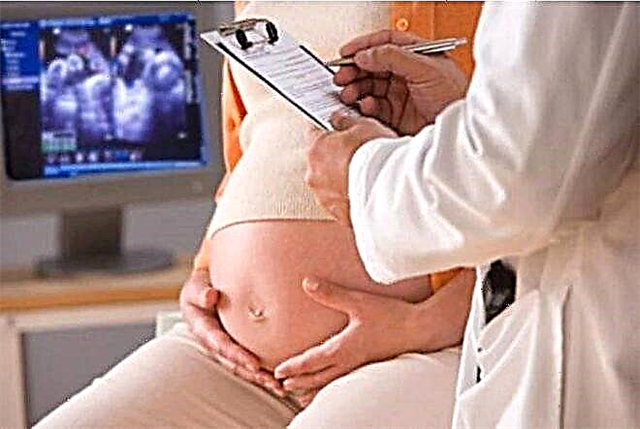
Doctors call cephalic presentation the most anatomically advantageous presentation of the fetus in the womb. With him, the child's head is below. In this case, during childbirth, the head of the fetus passes first, thereby making it much easier for the rest, smaller parts of the baby's body to be born.
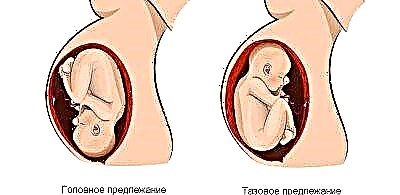
The transverse arrangement of the fetus is already considered a less favorable option. In this situation, the fetus is located perpendicular to the longitudinal line of the uterus. The location of the main parts of the baby's body across the birth canal is fraught with difficulties at birth. In this case, the risk of birth injuries is quite high.
Also not very favorable from a physiological point of view is the breech presentation. In this case, the fetus is positioned upside down, and the baby's pelvis is first in the direction of the birth canal. In this case, during childbirth, the natural movement of the fetus along the birth canal is disrupted. In this situation, the child may be "stuck" in the birth canal at birth.
In order to prevent complications, doctors resort to an auxiliary method of delivery, which has been known for many centuries - a cesarean section.
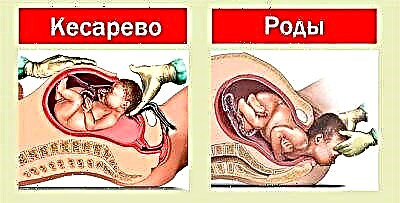
You can find out about what happens to the mother and baby at the 31st week of pregnancy from the following video.



